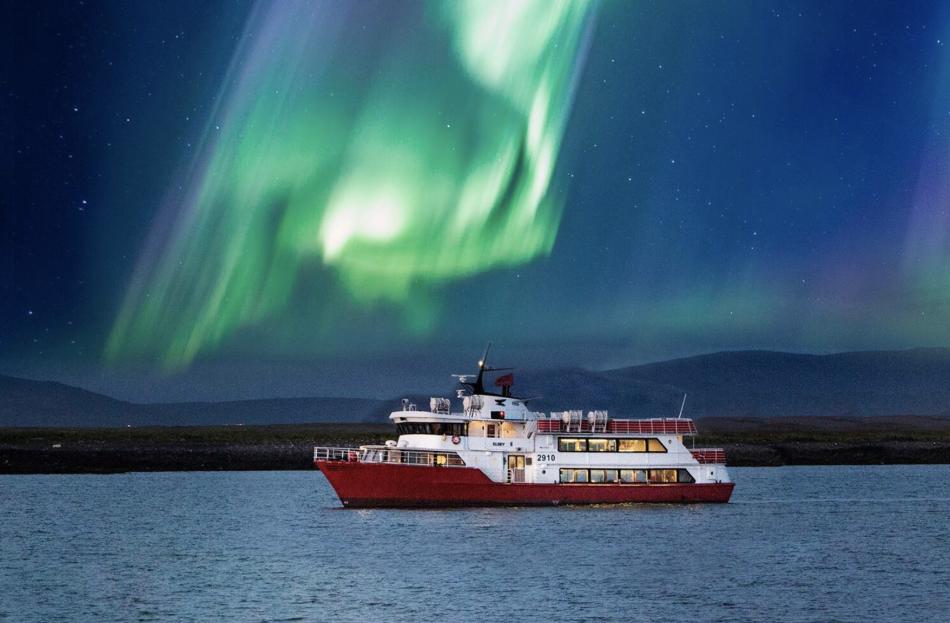
Why Choose a Northern Lights Cruise?
A Northern Lights Cruise is more than just a chance to see the aurora - it’s an unforgettable adventure that combines breathtaking scenery, expert guidance, and the comfort of being at sea. Whether you’re a seasoned Northern Lights enthusiast or experiencing them for the first time, a cruise offers a fresh perspective on this magical phenomenon.
What Makes It Unique?
- A one of a kind adventure: The open sea creates a serene and awe-inspiring setting, unlike any land-based tour.
- Uninterrupted views: The 360° horizon provides clear, unobstructed views.
- Comfort and warmth: With heated indoor areas, thermal overalls, toilet access, and refreshments, you can stay cosy while waiting for the lights to appear.
What to Expect on a Northern Lights Cruise:
Hunting for the Northern Lights combines the thrill of discovery with the tranquillity of the open sea. Onboard a Northern Lights Cruise, you’ll leave the city behind for an optimal viewing environment, increasing your chances of seeing the aurora in all its glory. Our passionate guides enhance your experience with fascinating stories, scientific insights, and practical tips for spotting and photographing the aurora.
Preparing for Your Cruise:
- Dress for the weather: Bring layers, waterproof outerwear, and insulated gloves to stay warm.
- Be ready for motion: Expect there to be movement on the boat, and please ask our ticket office staff for antiemetics if needed.
- Patience is key: The lights are unpredictable but worth the wait - make sure to relax and enjoy the journey.
How Do We Maximise Your Chances of Seeing the Northern Lights?
We understand that witnessing the Northern Lights is for many a once in a lifetime experience, so we do everything possible to ensure optimal conditions for your adventure. Here’s how we maximise your chances of seeing this spectacular natural phenomenon:
Careful monitoring of conditions: We closely monitor realtime solar activity and geomagnetic forecasts using tools such as the Kp index. This measures the strength of geomagnetic activity, helping us predict when the aurora is most likely to appear. When solar storms occur, the auroras tend to be more vibrant and widespread, and our team is on top of tracking these events.
Weather and cloud cover: Cloud cover is a significant factor in viewing the Northern Lights. We rely heavily on weather forecasts from sources like the Icelandic Met Office to assess visibility. Additionally, sea conditions play a crucial role in the tour, which may be cancelled if deemed unsafe. Rest assured, our team will keep you informed and offer alternative options if needed.
Perfect time and position: Our cruises are scheduled in the late evening to align with the darkest hours, maximising the visibility of the aurora. While some light pollution from nearby towns may still be present, we strategically position the boat based on the conditions to provide the best possible viewing experience. This thoughtful placement ensures an optimal vantage point for enjoying the magical display of the Northern Lights.
While we take every step to optimise your chances, the Northern Lights are a natural phenomenon and cannot be guaranteed. If the auroras don’t make an appearance during your cruise, you’ll receive complimentary tickets as part of our Northern Lights Guarantee, allowing you to join the cruise on a different night, at no extra cost.
Elding recommendation: We suggest booking this tour early in your stay, so you’ll have the opportunity to join the tour again on following nights if the northern lights prove to be elusive.
Photography on a Cruise:
The Northern Lights Cruise is not specifically a photography tour, but our crew is happy to assist with your camera settings or equipment if you’d like some guidance. Alternatively, you can simply sit back, relax, and enjoy the display as it unfolds across the sky.
That said, while the movement of the boat adds an extra layer of challenge to photography, capturing the aurora at sea is entirely possible with the right preparation and a few helpful tips:
- Faster shutter speeds: Use shorter exposures (5–10 seconds) to minimise motion blur.
- Stabilise your camera: A stabiliser, tripod or a steady surface helps keep your shots sharp.
- Onboard support: Our crew is experienced in photographing the aurora and can offer advice on the best settings and techniques.
Northern Lights tours:

Sail into Faxaflói bay, where Reykjavík's glittering cityscape meets the Northern Lights. A unique winter adventure that sails whenever conditions allow, giving you the best possible chance to enjoy the auroras and city skyline in comfort.





